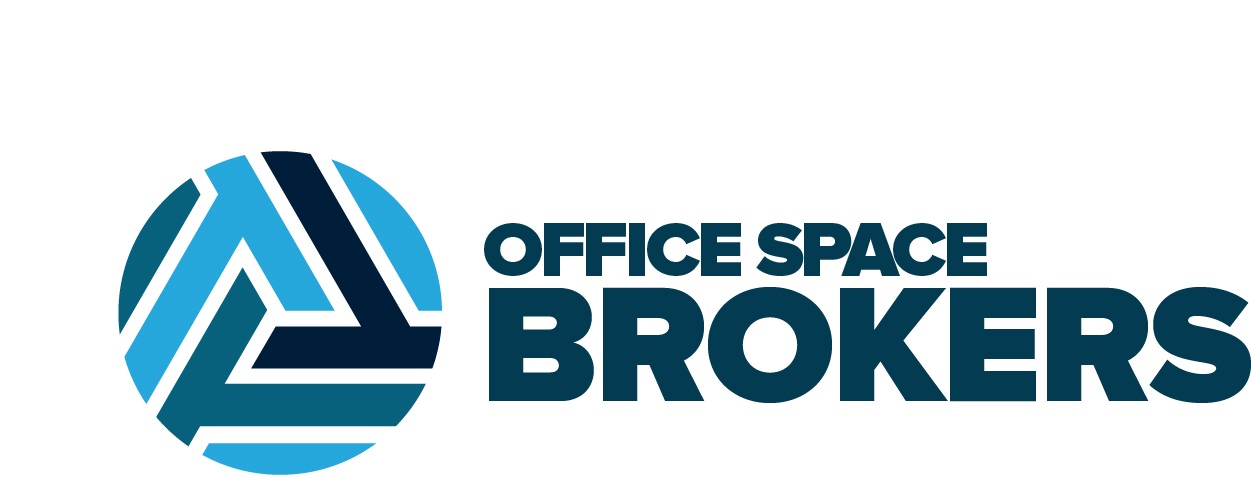In a market like Tampa, where office space rent has been steadily increasing all over the Bay including Westshore, Downtown Tampa and Carrollwood, the demand for Sublease space has increased for startups and smaller companies. Before you jump into a Sublease, consider these three pros and cons of a Sublease.
Pros:
- Shorter Term
Landlords have tightened the reins on the length of lease term in the Tampa office market. Especially in Downtown Tampa or Westshore, landlords require a five-year and or even seven-year lease term, depending the Tenant Improvements in the space. A five- to seven-year lease is not always ideal for a growing business when future growth is not predictable.
A Sublease can be a great option since lease terms are shorter. I subleased a 2,111 RSF office in Westshore earlier this year which had two years left on the term, however, I then worked with another Tenant to Sublease their 2,820 SF space which had four years left on the term. The bottom line – every Sublease is different.
- Below Market Rate
This is usually one of the main reasons a business is looking to Sublease space – the below market rate. Sublease opportunities can occur for reasons such as a business downsizing, new office space is ready before lease term is up or outgrowing office space. The Master Tenant is usually feeling the difficulty of the situation and is willing to deeply discount the rent they are paying in order to get out of the lease quickly. For example, a Subtenant can pay rent equivalent to a Class B building while occupying and enjoying Class A building amenities.
- Relaxed Financial Restraints
This is extremely important for a startup business. If you are looking for office space in Tampa, Westshore or Downtown Tampa, you are most likely working with an institutional Landlord who has heavy financial requirements with newer businesses. Landlords often require a personal guarantee, and additional security deposit for a startup. The Master Tenant is usually more flexible since they have less invested in the real estate and will offer more flexibility for a credit-worthy Tenant. In this situation, the Master Tenant usually has to receive approval from the Landlord of the potential Subtenant.
Cons:
- Inefficient Floor Plans
When Subleasing, what you see is what you get. Unlike leasing directly with a Landlord who, depending on the lease term, can offer improvements of adding/removing walls, carpet, paint, etc., a Sublease is typically as-is. There might be an option to sign a direct lease with the Landlord beginning when your lease with the Master Tenant ends and maybe provide the Tenant an opportunity to make improvements to the space.
- Out Of Your Hands
The Subtenant abides by the Sublease between themselves and the Master Tenant, and the original lease is held between the Master Tenant and the Landlord. During the lease term, the Master Tenant is held liable for the lease with the Landlord. Having confidence in the Master Tenant and Landlord is key. If the Master Tenant suddenly goes out of business or fails to pay the rent, the Subtenant experiences the repercussions.
- It’s Only A Short Term Fix
A Sublease isn’t a long-term solution but a great option for a startup or growing phase for a new company. Relocating every one or two years can be expensive when factoring in all the moving costs. Once the Sublease term is over, the Subtenant is subject to market rates. If a discounted Sublease is the only way to afford the rent in a premium building, you will have no choice but to relocate. A direct deal with a Landlord can lock in your rent for the next five to seven years and avoid rolling the dice on market rates when your Sublease is up. A predetermined exit strategy is required to maximize the pros of a Sublease as your company continues to grow.

